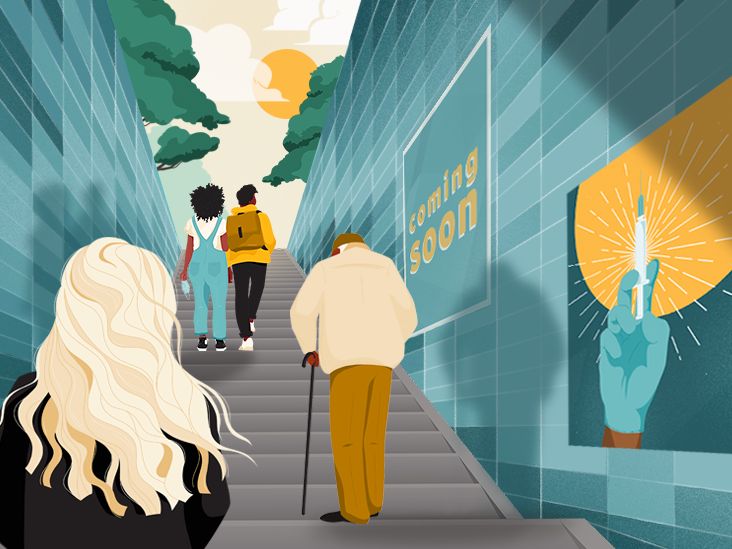GoofGoof
Premium Member
We disagree that a vaccinated 15 year old is not as valuable as a vaccinated 16 year old or a vaccinated 40 year old. It’s not picking and choosing. 60% is of the entire population is in both cases. If Israel arrives there with 80% of adults and 0% of kids 12-15 and the US arrives there at 70% of people 12+ we both have 60% of the population vaccinated. Vaccinating 13 year olds doesn’t stop spread in a bar but neither does vaccinating a 20 year old. We are still counting teens 16+ through 20 in Israel why not count 12-15 year olds too. Having 15 year olds vaccinated stops the spread in after school activities, in school itself and potentially at job sights if the kid works a part time job.And they have 80% of adults vaccinated. Also a fact. (and they are really right at 60%).
We have ample evidence by now that adults spread the disease far more than kids. I actually suspect that if we vaccinated enough adults, we would get herd immunity without vaccinating any kids.
But facts are facts... If you want to compare to Israel, neither of us can pick and choose which comparisons to make:
60% of entire population vaccinated, with vaccination available to 16+ : Will the US get there? Overall, maybe. But appears certain that some regions will not hit 60%.
80% of adults vaccinated: Will the US get there? Unlikely, except maybe a few regions.
Vaccinate passports for public venues? No, the US is not going that on any wide basis.
You and I are in agreement actually. But most of those "unvaccinated" kids aren't 15. There are probably about the same number of 5 year-olds as 15 year-olds.
But the key is also looking at congregate settings. Take a Broadway theater. 90% of the audience is typically over 16. Maybe 5% is 12-15. And 5% is under 12. So if "80%" of the adults are vaccinated, then 72% of the entire audience is vaccinated.
Now, imagine only 70% of adults are vaccinated. But now we start to vaccinate the 12-15.... 70% of 12-15 are vaccinated. So with 70% of adults vaccinated, and 70% of 12-15 vaccinated, only 66% of the entire audience will be vaccinated.
So it's partially a matter of young children spreading the disease less. Thus, if you need to start vaccinated 7 year-olds to reach a higher level of vaccination, that's not the same benefit as vaccinating a 20-year-old. And vaccinating a 13-year-old doesn't bring the same benefit of vaccinating a 60-year-old. Partially because those younger people aren't congregating in the same settings.
For example, how does vaccinating a bunch of 13-year-olds prevent Covid from spreading in a 21+ bar?
As I said, you can't pick and choose the facts and twist them in the hopes of getting the outcome you want.
Maybe 60% of 16+ population vaccination is required for herd immunity and Israel got there. Maybe the US will get there, maybe the US won't.
Maybe only 55% is really needed... and the US will get there. Israel just went even further.
But you can't just assume that vaccinating 13 year-olds will have the same effect as vaccinating adults.
Best you can say is "maybe."


